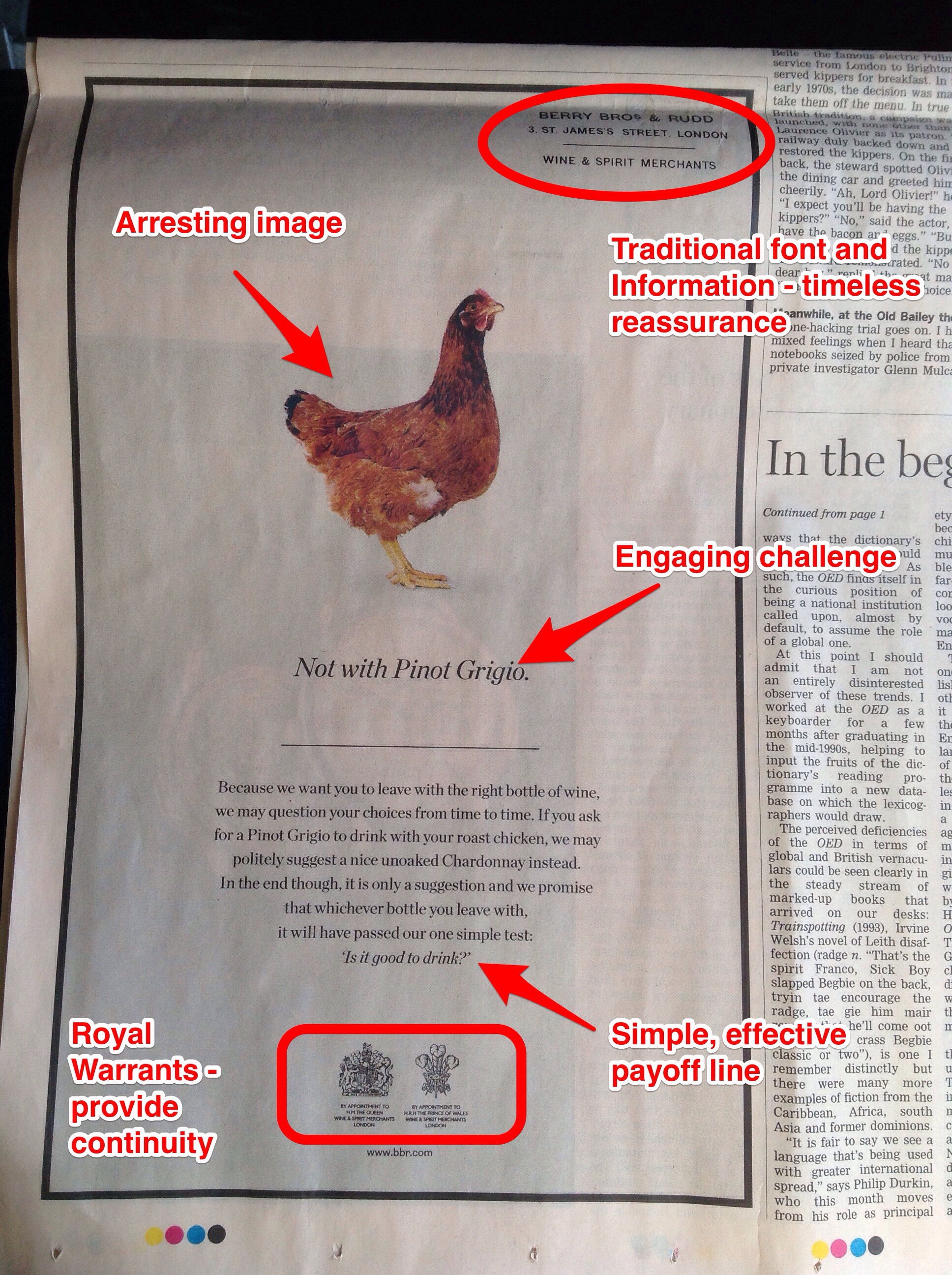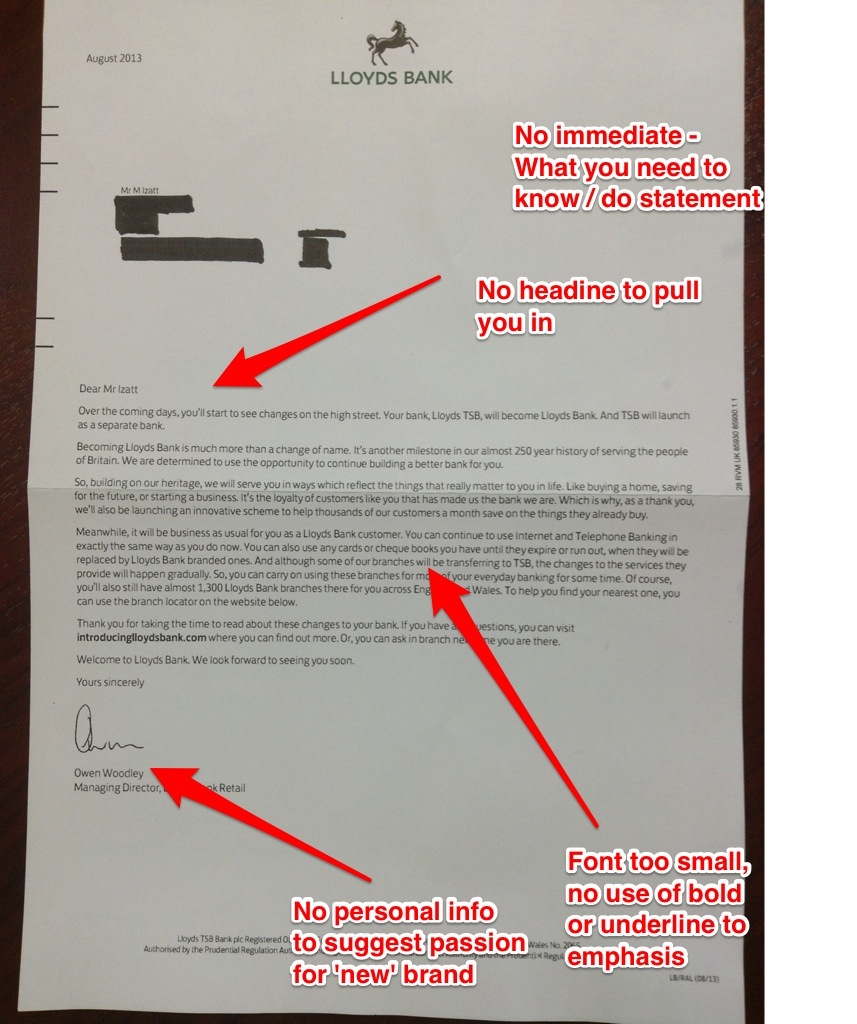1. provenance the place of origin or earliest known history of something
This week I've been thinking a lot about provenance. I'm not entirely sure what triggered it, it may have been the continued side effects of my diet and the fact that all I seem to crave is foods that have the strictest appellation - if it doesn't have a geographic name in front of it I'm not interested, oh and that probably holds to wines and spirits. It could also be the time spent at Salon QP on Thursday amongst the finest watch brands of the world - think Switzerland.
No matter what the motivation I've decided to devote this post to provenance, both in observance and in the breach.
PROFIT - I don't hide my belief that provenance is all about profit. The location of where something is made is all about profit. We either make it where labour is cheapest or as close as possible to the point of final consumption because that reduces cost OR we make it in a location which suggests greater equity and therefore we can charge more. Producing clothing in China would be an example of the former and making watches in Switzerland the latter.
RELEVANCY - this is probably the most significant factor. Is location relevant to the product. Some products are strictly controlled (eg Champagne) so location is very relevant. Where there is a choice some brands are defying the norm. The English watchmaker, Bremont, being successful out of making watches in England is a good example. If a brand is very artisanal and pulls from rural values then it needs to be based there. But it is often not black & white. You could create a candle brand which makes beeswax candles in the heart of the rural Cotswolds or a candle brand which makes candles in a former abattoir in inner-city Smithfield. Both would succeed.
OPENNESS - you have to be truthful. Some brands say "made" when really it should be "assembled". Some obscure all together. Bearing in mind you have made a logical decision as to where to source and produce you should always be truthful. For example, "We make our product in India because it allows us to do everything by hand which is true to our values and results in a better product".
VALUE - does the location add value ? If you are a niche brand I would argue that it does. Especially if you are a niche brand competing in a cluttered marketplace. Knitwear, for instance - a cashmere sweater produced entirely from a named region in Scotland will command a price premium.
EXCELLENCE - wherever the product is made, make it well. This is a critical point. Excellence underscores that you've selected the right location.
NUNACE - the greatest user of nuance has to be Apple. "Designed by Apple in California. Assembled in China." Those words both follow my belief in openness / honesty but they also subtly place more emphasis on the design part of the product. Basically making the point that the value really is in where the intellectual part of the brand is located not the manufacturing.
AUTHENTICITY - even without legal constraints some products just have to be sourced from a certain locale to have credibility. Gin is a good example of this. Beefeater Gin is the only major producer of gin that makes their gin in London but now new brands are seeing the power of London as a gin designator and are creating their brands in London. Despite what I said about Bremont above - if I had limitless capital and wanted to start a new watch brand I would do so in Switzerland. Without the 'Swiss Made' designation it is just another barrier to entry. If your brand needs to draw from a locality to build equity then, especially in the early years you must respect that.
NEGATIVITY - assume all of your customers are informed and have a conscience. Notwithstanding the need for profit wherever you manufacturer must have laws and conditions which past muster to your buying audience.
CREATION - if the point of production is either unattractive, boring or remote then you need to create an environment which is authentic, and hopefully will be used in the creative / ideation process. This environment is the cauldron of creativity where the real value is added and can be displayed to the world.
EQUITY - does location add or detract from brand equity or is it irrelevant ? Could you save money-making somewhere else and invest that saving in the product, marketing or innovation ?
We live in an every-shrinking world where the norms of making products HERE and selling products THERE has changed. Location of production is very important unless it's not. The one consistent theme has to be to make your products so that they are excellent and bring the creators together in an environment which inspires. Sometimes creation and production will be together and sometimes not.








